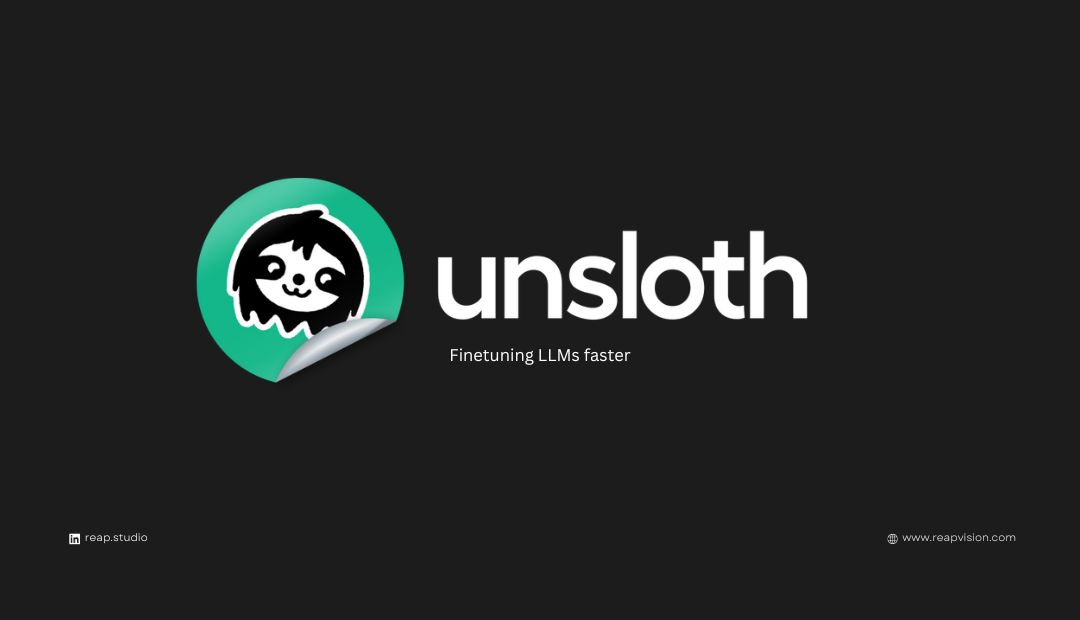
Meta's MobileLLM-Pro: The 1B Parameter Heavyweight That's Punching Above Its Weight Class
Meta's new 1B foundational model outperforms Gemma and Llama benchmarks while fitting in your pocket. But is distilled intelligence the future?
The race to cram more intelligence into smaller packages just got serious. Meta’s MobileLLM-Pro landed on Hugging Face ↗ as a deceptively powerful 1.08B parameter model that’s beating established competitors, and doing it with some clever architectural tricks that might just redefine what we expect from edge AI.
Benchmarks That Demand Attention
Let’s cut through the marketing: when a 1B model outperforms Google’s Gemma 3-1B by 5.7% and Meta’s own Llama 3.2-1B by 7.9% on average across reasoning, knowledge, and long-context retrieval benchmarks, you pay attention. The numbers don’t lie.
Looking at the detailed benchmark comparison ↗, MobileLLM-Pro consistently dominates across critical evaluation metrics:
- BoolQ: 76.24% vs 63.20% (Gemma) and 62.51% (Llama)
- PIQA: 76.55% vs 73.80% (Gemma) and 75.14% (Llama)
- ARC-c: 52.62% vs 38.40% (Gemma) and 38.28% (Llama)
- TriviaQA: 39.85% vs 39.80% (Gemma) and 23.81% (Llama)
What’s particularly impressive is these gains come from pre-training on “less than 2T fully open-source tokens”, significantly less than the 9T tokens used for Llama 3.1 1B or even the 2T proprietary tokens in Gemma 3 1B. Efficiency isn’t just about inference, it’s about training efficiency too.
The Architecture Secret Sauce
MobileLLM-Pro isn’t just another scaled-down model. Its hybrid local-global attention architecture enables a 128k token context window while maintaining practical on-device performance. The key innovation? Interleaving local and global attention layers at a 3:1 ratio with 512 local attention.
This approach delivers concrete benefits: 1.8x reduction in prefill latency and KV cache size dropping from 117MB to 40MB compared to fully global attention (assuming 8k context length). For mobile developers, this translates to faster response times and lower memory footprint, critical factors for real-world deployment.
The model’s quantization story is equally compelling. Meta provides “near lossless int4 quantization” with less than 1.3% quality degradation compared to floating point baselines. The CPU-optimized version (int4 weights with group size 32, int8 dynamic activations, int8 KV cache) shows only 0.4% regression, numbers that make quantization feel almost free.
Performance Where It Matters

Where MobileLLM-Pro really shines is in instruction-tuned tasks that matter for real applications. The instruction-tuned variant excels at API calling, rewriting, coding, and summarization, exactly the kind of practical tasks you’d want from an on-device assistant.
The coding benchmarks tell a compelling story: 59.8% on HumanEval vs 41.5% for Gemma and 37.8% for Llama, plus 46.8% on MBPP compared to 35.2% and 39.6% respectively. For developers building coding assistants or automation tools, these numbers translate directly to better performance in production.
Training: Distillation Done Right
The training approach reveals Meta’s strategy: logit-based knowledge distillation from the Llama 4-Scout teacher model ↗. The three-phase process cleverly separates language learning, long-context awareness through positional distillation, and domain specialization through model annealing and merging.
This isn’t just compression, it’s strategic intelligence transfer. As one developer noted after reviewing the model card, “Scout was only used to distill long context abilities during pretraining”, suggesting Meta focused the distillation on the hardest problems rather than trying to clone everything.
Real-World Performance Numbers
The latency benchmarks on actual hardware should capture any mobile developer’s attention. On a Samsung Galaxy S25 CPU:
- 8.9s prefill latency for 2k tokens
- 33.6 tokens/second decode speed for 2k context
- Model size of just 590MB with 4-bit groupwise quantization
On Qualcomm’s Hexagon Tensor Processor (HTP), those numbers drop to 1.96s prefill latency for 2k tokens with 31.60 tokens/second decode speed. These aren’t theoretical numbers, they’re real performance metrics that make on-device AI suddenly feel very practical.
The Developer Experience
Getting started with MobileLLM-Pro follows familiar patterns for Hugging Face users. The model provides both base and instruction-tuned variants with straightforward integration:
The quantization workflow uses torchao with clear configuration for both groupwise (CPU/GPU) and channelwise (edge accelerators) approaches, making deployment straightforward across different hardware targets.
The Elephant in the Room: Distillation Limitations
Not everyone is celebrating. Some developers have noted concerns about hallucinations, with one commenter describing them as “dangerous.” Others point out that while impressive, MobileLLM-Pro might still trail behind competitors like Pangu-1B in certain benchmarks.
The real question becomes: what are we trading for this efficiency? The distillation approach inevitably loses some of the nuance and reasoning capability of larger models. For critical applications, the quality vs. size trade-off needs careful consideration.
What This Means for Edge AI
MobileLLM-Pro represents a significant step toward truly capable on-device AI. Its combination of strong benchmark performance, efficient architecture, and practical quantization makes it a serious contender for:
- Mobile assistants that work offline
- Edge computing applications with latency constraints
- Privacy-sensitive deployments where cloud inference isn’t an option
- Cost-optimized services where GPU inference breaks the budget
The timing is strategic, coming alongside ARM’s announcements about Llama optimizations. As one observer noted, “It fits perfectly with the announcement of arm + llama, maybe now they will make an effort to bring small models.”
The Future is Small(er)
MobileLLM-Pro proves that the frontier of AI isn’t just about bigger models, it’s about smarter architectures and more efficient training. The 1B parameter class is becoming increasingly competitive, and Meta’s latest entry raises the bar significantly.
The model is available now on Hugging Face ↗ with a live demo space ↗ for immediate testing. Under the FAIR NC license, it’s open for non-commercial research and exploration.
For developers building the next generation of edge AI applications, MobileLLM-Pro isn’t just another model, it’s a statement about where capable AI is heading: out of the cloud and into our pockets. The question isn’t whether small models will catch up to their larger counterparts, but what new applications become possible when they do.



